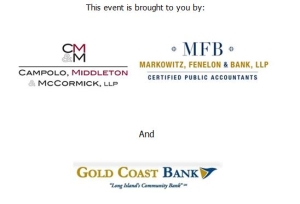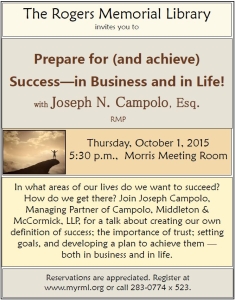Owners and would-be developers of property that contains environmental contamination face some tough choices: leave the contamination in place and hope that there is no government enforcement action or third party damage claim, clean it up on your own, or clean it up with government oversight. For many years, the State of New York has had a program to encourage the latter course of action. The incentive for those who participate in the State’s Brownfield Cleanup Program (“BCP”) is threefold. First, at the end of the remediation, the applicant receives a Certificate of Completion, which indicates that the cleanup has been done to the satisfaction of the New York State Department of Environmental Conservation (“DEC”), thus opening the way to financing and redevelopment. Second, the law grants certain limited liability protections so that the owner will not be sued by the State or private parties. Third, tax credits are available for some of the cleanup expenses.
The BCP law was amended this past summer. The changes, which took effect on July 1, 2015, include new eligibility criteria, revised tax credits, and a streamlined program for lightly contaminated sites. To enter the program, the site must have contamination “at levels exceeding the soil cleanup objectives or other health-based or environmental standards, criteria or guidance adopted by DEC that are applicable based on the reasonably anticipated use of the property, in accordance with applicable regulations.” Essentially, this means that some environmental testing has to be done in advance of the application and the data must indicate that contamination levels exceed DEC standards, which are different for residential, commercial, and industrial use.
Applicants to the BCP are separated into two categories – Participants and Volunteers. A Participant is one who was an owner or operator of the site at the time of disposal of hazardous waste or the discharge of petroleum or who otherwise failed to take reasonable care to stop continuing releases or prevent further releases. Participants are responsible for the cleanup under various environmental statutes and the DEC can require them to remediate the contamination, even if it has traveled off-site. A Volunteer, on the other hand, is an applicant who is not liable for the contamination. This could be a contract vendee or, under some circumstances, a new owner of the property who was not involved with the property at the time of the discharge. Usually, Volunteers are not required to clean up contamination off-site, which greatly reduces the remediation costs. In addition, the new amendments to the BCP eliminate the Volunteer’s responsibility to reimburse the State for its oversight costs, another significant savings.
Those who successfully complete their cleanup obligations under the BCP within the applicable deadlines are eligible for tax credits. The types and amounts of the credits vary greatly depending on the location of the property and the work completed. On the other hand, there is now the option of entering the newly minted BCP-EZ program, which does not include tax credits but does provide a liability release after a successful cleanup. This program is intended for lightly contaminated sites and is supposed to include streamlined public notice and oversight procedures to allow for faster turnaround times. The DEC is currently drafting regulations and estimates that the BCP-EZ track will be available by the summer of 2016.
With some exceptions, sites that are already subject to environmental enforcement actions are not eligible for entry into the BCP. Thus, a property owner or buyer who is considering conducting a cleanup would have to apply for the program before notices of violation and other government enforcement actions preclude this option. The advantages of the voluntary cleanup are not only the tax credits, but also the eventual liability release and the cooperative, rather than punitive, framework for the remediation process.
What if the owner of the contaminated site is a municipality? The 2015 amendments to the BCP have injected new funding into the Environmental Restoration Program (“ERP”). The ERP provides State subsidies for the investigation and cleanup of municipally owned brownfields. Upon request, the DEC can undertake the project on behalf of the local government. However, since funds are limited, it is advisable to act quickly.
The decision of whether to apply for and participate in the BCP depends on many variables. It should be made after consultation with qualified environmental remediation professionals, including specially trained environmental attorneys and accountants.



